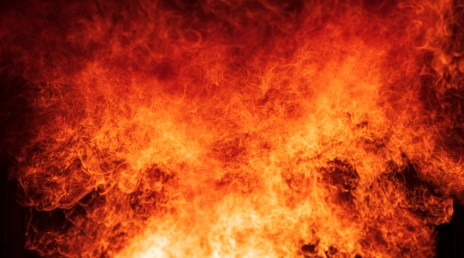EOW can be an extremely costly and disruptive issue for businesses. In 2019, the Association of British Insurers (ABI) put the combined value of domestic and commercial water damage claims paid at £981 million.1
Water damage can have various repercussions depending on the level of severity. From apartment blocks to offices, retail outlets, wholesalers and manufacturers, potential consequences include interruption to business, impact upon supply chains, damage to stock and costly building repairs. Landlords may additionally suffer financially from relocation or loss of tenants. Furthermore, EOW is wasteful and not in the interests of sustainability.































